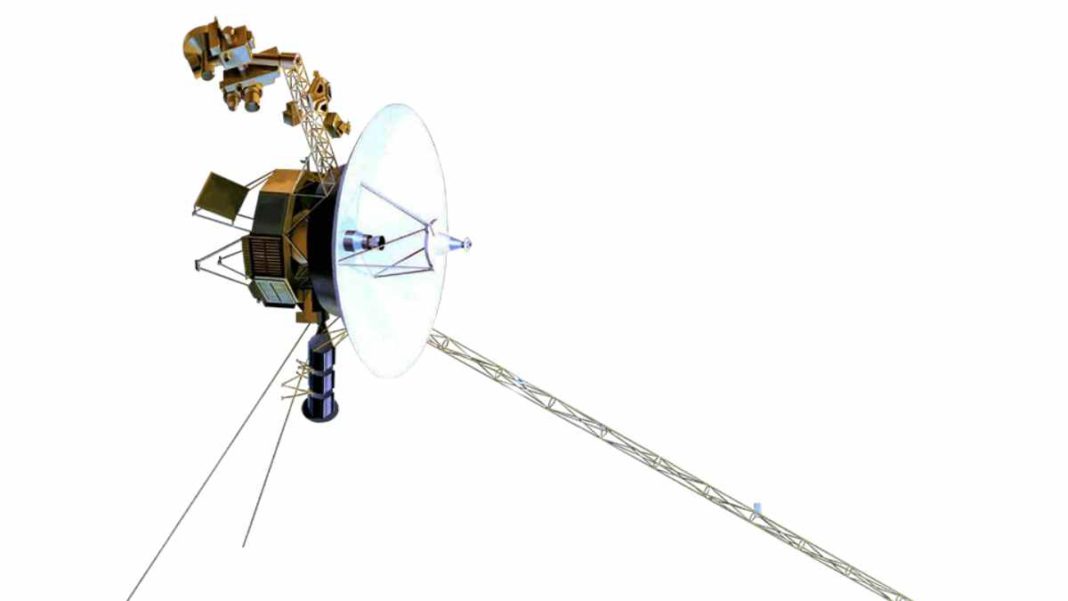UNITED STATES: NASA’s Voyager-2 spacecraft, which was launched in 1977, is still operating and has recently received a boost to continue its mission until 2026.
The spacecraft, which is powered by a miniature nuclear reactor, is exploring the outer area of the heliosphere, the protective bubble of the Sun, after which our star loses its influence. It is currently in interstellar space, where the Sun has no influence.
The Voyager-2 uses a Radioisotope Thermoelectric Generator (RTGs) to convert heat from decaying plutonium into electricity that eventually powers the probe. However, after being in space for over 45 years, its power supply has been diminishing.
Engineers on Earth have instructed Voyager-2 to start using a modest reserve of backup power set aside as part of an onboard safety feature in order to keep the science instruments running. It takes a signal from Earth over 18 hours to reach Voyager-2, which is currently 20 billion kilometres away from us.
The new strategy will extend the life of the science equipment, which was supposed to be turned off in 2023. The spacecraft has five science instruments, and the team’s decision to use the backup power will allow them to continue shedding more light into the world we have never ventured before.
As the Voyagers move further from the Sun, the research data they are sending becomes more valuable. Therefore Linda Spilker, the project scientist for Voyager, remarked, “We are definitely interested in keeping as many science instruments operating as long as possible.” Voyager-2 and its twin Voyager-1 are the only satellites to venture outside the Solar System, and the data they are returning is incredibly valuable to scientists.
The science equipment on Voyager is set to acquire a new lease on life with the additional boost. It will continue to deliver crucial insights about our Solar System and the region beyond. The spacecraft’s power supply is slowly diminishing due to the constant decay of the plutonium, but the team at NASA is optimistic that the new approach will work.
“Variable voltages pose a risk to the equipment, but we’ve assessed that it’s a little risk compared to the great return of being able to keep the science instruments turned on for longer periods of time,” said Suzanne Dodd, Voyager’s project manager at JPL.
“Since we’ve been keeping track of the spacecraft for a few weeks, it appears that the new strategy is effective”, she added.
The Voyager missions have been tremendously successful, and they are still delivering important knowledge about the Solar System and the universe at large. Voyager-2 will be able to carry out its duty and offer even more insights into a place we have never explored thanks to the additional boost.
Also Read: NASA Scientists Successfully Extracts Oxygen from Lunar Soil Simulant



